Spilia-Kourdali
The Monastery of Panagia Chrysokourdaliotissa unites the two villages
The village of Spilia is a village in the Nicosia district, built 1 km away from the village of Kourdali, in the area of Troodos.
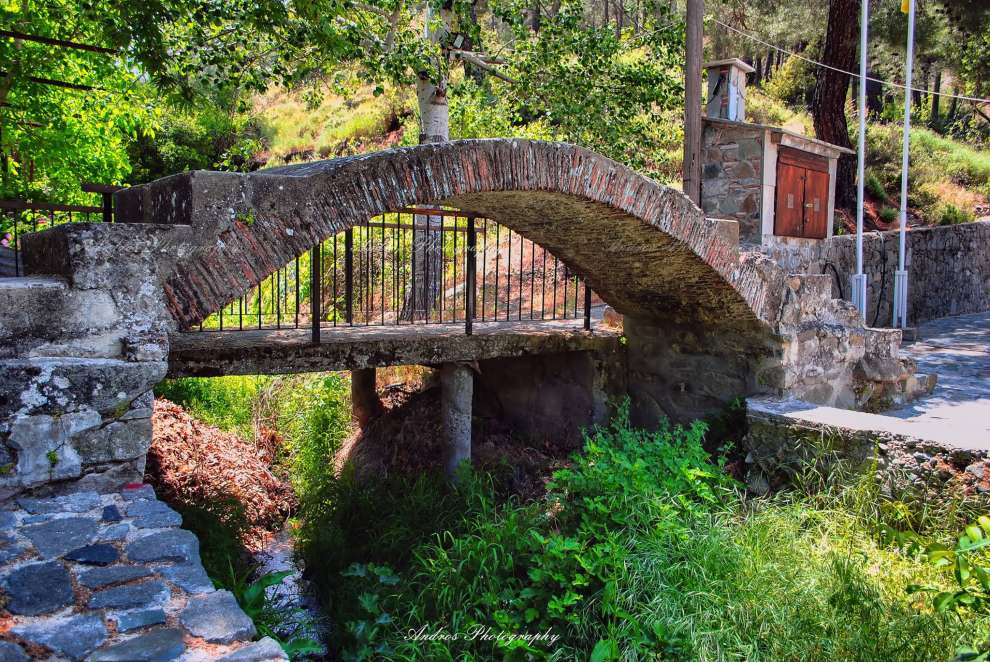 Photo: Andreas Efthimiou
Photo: Andreas Efthimiou
The history of the village:
The history of Spilia and Kourdali begins in the 16th century A.D. when the Monastery of Panayia Chrysokourdaliotissa was built. Other monasteries were also founded during that time in Troodos. The inhabitants built their communities near these monasteries, because there they found security from the Franks initially and then from the Turks.
The monastery at Kourdali was occupied by several estates, and around it was built the village whose inhabitants were working in these estates.
Over time, and after the monastery dissolved, the village grew and the inhabitants gained their own estates, and rising, some began to build houses one kilometre higher in the area of the present village of Spilia. So it started to create the village of Spilia. Over time, Spilia has evolved into a larger community than Kourdali.
Around Spilia-Kourdali there are visible traces of the following settlements abandoned.
The settlement "Karydi", where the church of St. George existed. This settlement is now recreated with cottages and the temple has been rebuilt. The Anemurka settlement, where the temple of St. John the Baptist existed, the ruins of which are preserved. The settlement "Pyrkatis", where the temple of Archangel Michael was, the ruins of which survive, as well as the ruins of many houses. The settlement "Karterouni", where the church of St. George existed. The ruins of both the temple and many houses are preserved. The "Freditzi" where the church of St. John the Lampadistis was also hagiographed. Both the ruins of the temple and the settlement "Asproi" are preserved, where you will find the ruins of the temple of Agia Paraskevi, which are also preserved.
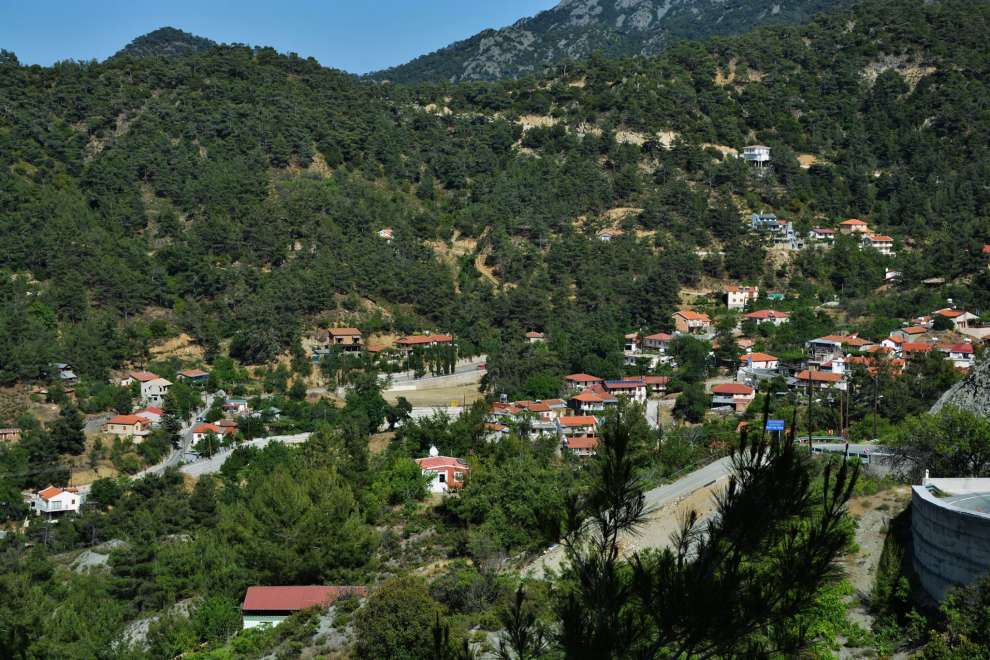 Photo: Marios Apostolides
Photo: Marios Apostolides
The name of the village:
Spilia is believed to have been named after the fact that on the western side of the village Roman tombs were found, the so-called "spilia (meaning caves)" as the inhabitants called them.
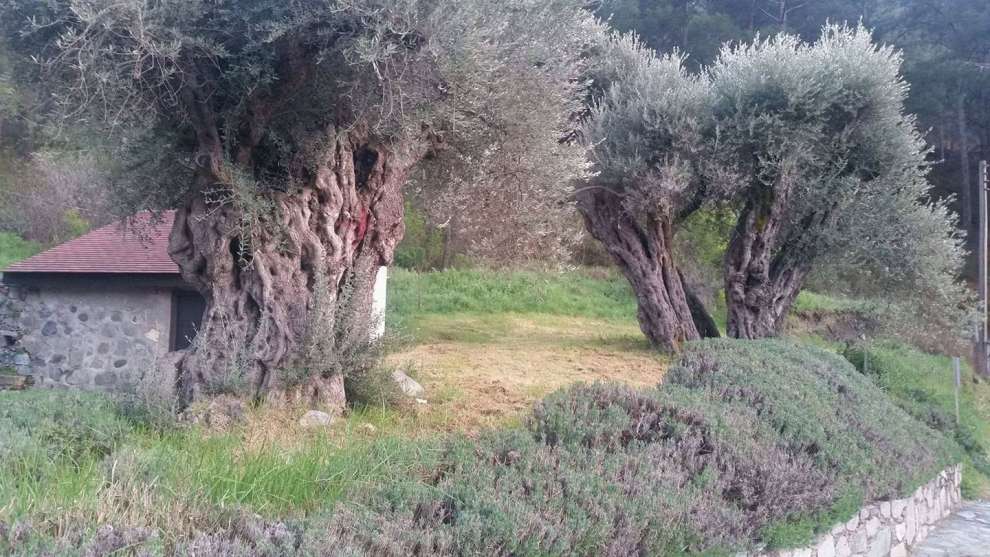 Photo: Litsa Ioannidou
Photo: Litsa Ioannidou
Heroes and the actions of battle:
The involvement of the Spilia-Kourdali community in the national struggles begins with the Greek-Turkish and then the Greek-Bulgarian War of 12-14, on the Bulgarian front and then in the Second World War. Some of the village residents took part in the war in Greece.
In the EOKA struggle, all the inhabitants of both villages were involved. They have hosted for two months, the leader George Grivas-Dighenis. With the help of community residents, a cluster of three hideouts was created. The complex remained in history with the name "Lemaria" and is the only one created during the Struggle.
In the EOKA struggle, Andreas Partsalidis, Kostas Anaxagoras, Alekos Konstantinou and Panagiotis Georgiadis died in Kourdali on June 20, 1958.
During the Turkish Cypriot Anarchy, Andreas Agisilaou and Michalakis Kakoulis died. Finally, during the Turkish invasion of 1974, Andreas Neocleous lost his life and Loizos Koukkoulis was missing.
Churches and attractions:
Walking in both the sister communities of Spilia and Kourdali you will see the Chrysokouraliotissa church, the old sanctuary of Agios Antonios and the new one, the church of St. George Karidiou as well as the ruined churches.
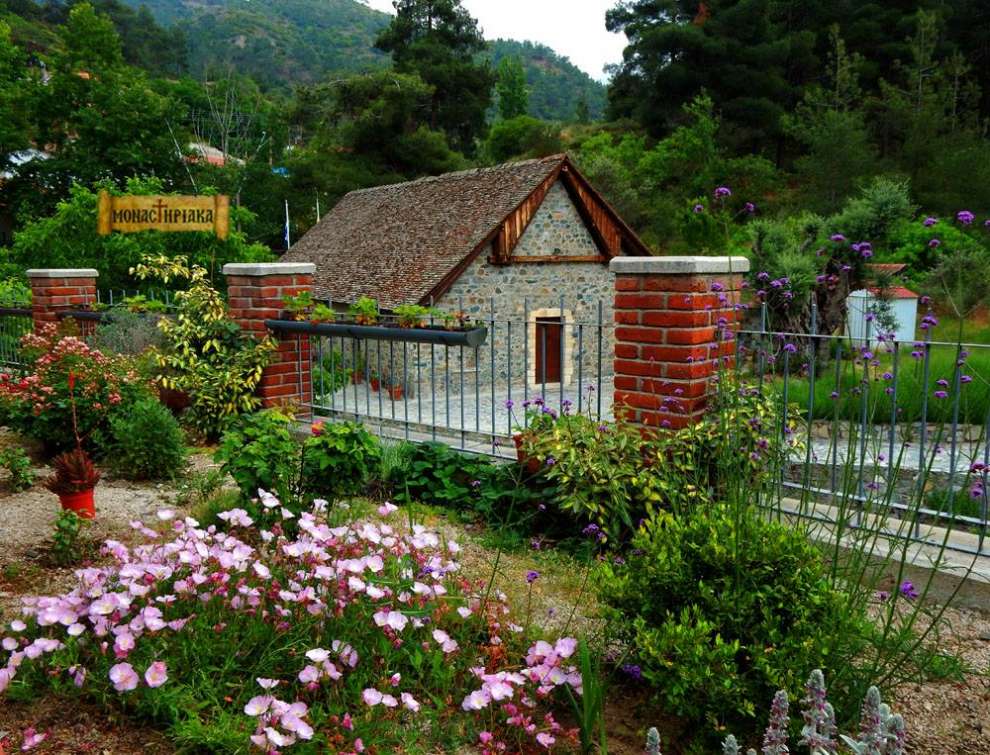 Photo: ΜΟΝΑΣΤΗΡΙΑΚΑ
Photo: ΜΟΝΑΣΤΗΡΙΑΚΑ
These ruined chapels are located on the western bank of the Kourdali River and are:
- St. John the Baptist who is located in Anemurka
- Archangel Michael on a hill in Pyrkatis
- Agios Georgios on a hill, at the site of Karterouni
Also:
- Agios Ioannis of Lampadistis, which is located at Freritzi on a hill
- Agia Paraskevi which is located in the Asproi site on the mountains between the villages of Kourdali and Kannavia.
In addition to the churches and chapels, you will also find different sights such as: the "Kougki" of EOKA, Pefkos Kambanarios, a Community Park of Irenes Andrea Chrysanthos, the olive press of Pagitenas, Heroes of EOKA, The Folk Art Museum, Krya Vrisi, Tomb of Panoukla, Lemerias of EOKA, as well as the preserved house of Andreas Chrysanthou and the preserved house of Theophilos Fylaktides.
In the village there is also the Heroes Monument consisting of a group of four statues of the EOKA fighters who were killed in Kourdali on June 20, 1958, which is located in the centre of Spilia. In addition to the same place has been placed since 2005 a commemorative plaque in which the names of the heroes of 1974 are recorded. In 2006 there is a commemorative plaque for the teachers of Spilia-Kourdali community, Klearchos Kyriakidis, Eftyhia Kasinos and Andreas Valiantis.
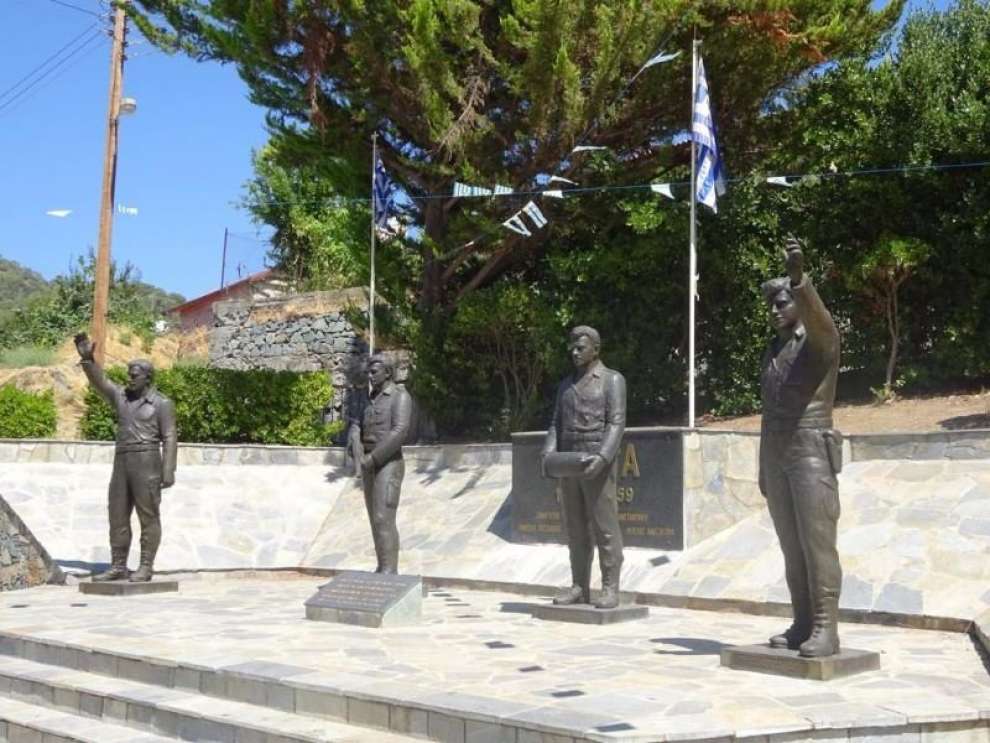 Photo: Maria Kiriakou
Photo: Maria Kiriakou
The occupations of the inhabitants:
In the past years, they worked in the nearby mines of Amiantos, Chromios and Foukasas and several worked as woodcutters, to the three community contractors, who were cutting pines in the surrounding forests. Women worked in the estates and practised at the same time some livestock with goats, pigs and poultry.
For the map of the area, click HERE

 English
English
 Ελληνικά
Ελληνικά Русский
Русский
















